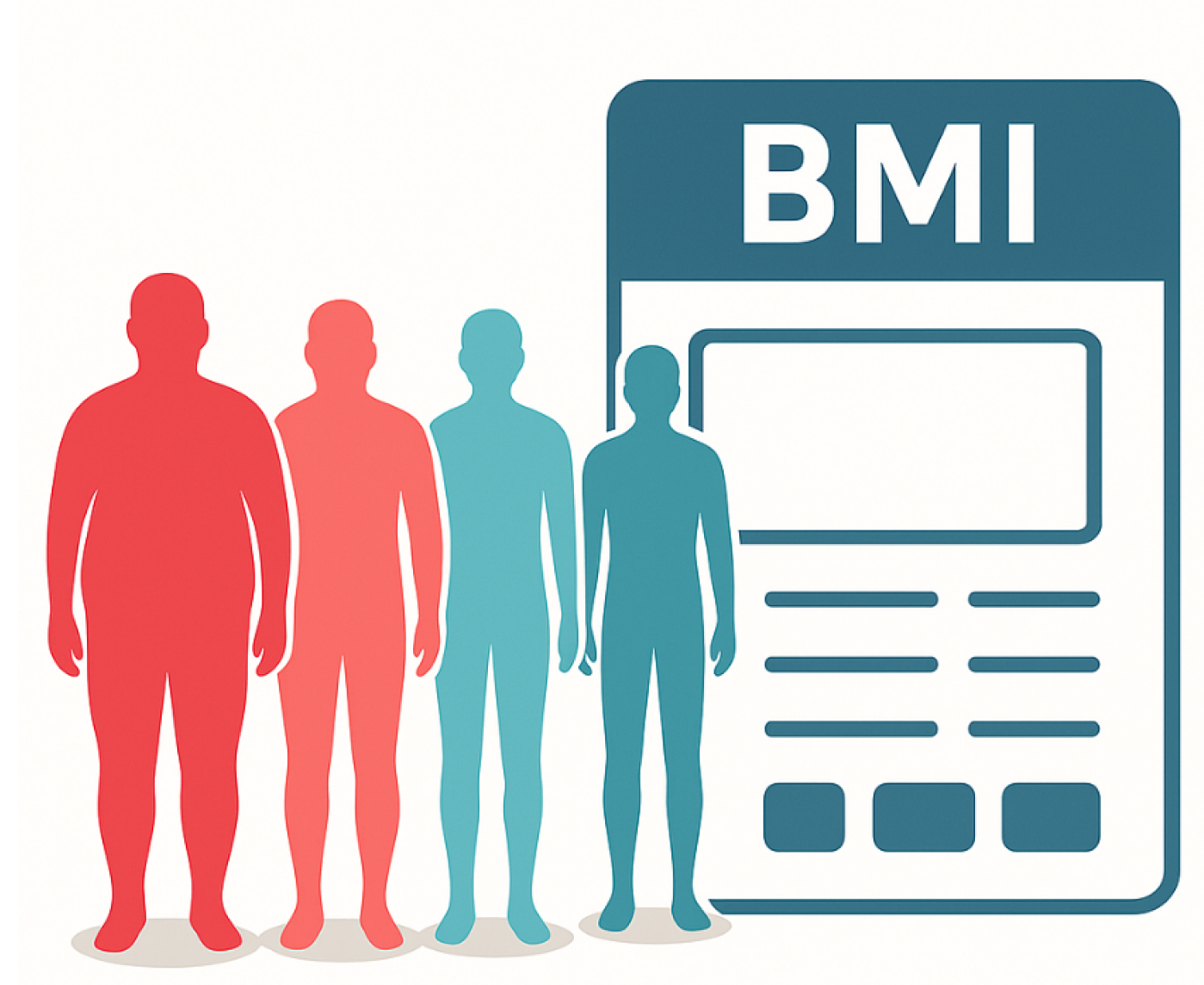BMI Calculator
BMI for adults:
BMI for children:

BMI for adults:
BMI for children:


Over 40.0
At this stage, the alert is red: there is a high chance that serious diseases are already present. Seeking treatment should be immediate and a top priority.

Between 35.0 and 39.9
Even if your tests are within normal limits, this is the ideal time to take care of yourself. Adopting healthier habits, with the support of professionals, makes all the difference.

Between 30.0 and 34.9
Attention: this is a warning sign! Even with normal tests, it is time to act. Start taking care of your health today by changing your diet and following up with a nutritionist and/or endocrinologist. Your well-being starts now!

Between 25.0 and 29.9
This phase is considered pre-obesity, and many people at this stage already live with problems such as diabetes and hypertension. It is essential to rethink habits and seek professional guidance before the condition evolves into established obesity.

Between 18.6 and 24.9
Great news: your weight is within the ideal range! To stay that way, the secret is to maintain an active routine and a healthy diet on a daily basis.

18.5 or less
Consult a doctor. In some cases, low weight is just an individual characteristic and does not pose a risk. In others, it may indicate issues such as malnutrition. Therefore, it is important to investigate and understand what is behind it.
Improving your BMI doesn’t mean making radical changes overnight. In fact, small daily habits can make all the difference in the long run! Drinking more water, walking for 20 minutes, choosing fruit instead of sweets… all of these are steps in the right direction.
Here, we believe that wellness is a construct — and every healthy choice counts. Start simple, but start today. Our website is here to help you understand your body and track your progress based on the BMI calculation, for both adults and children.
📌 Remember: sustainable changes are those that fit into your routine. You don’t need perfection, just consistency.

BMI is the acronym for Body Mass Index, a parameter adopted by the World Health Organization to calculate each person's ideal weight.
The index is calculated as follows: the patient's weight is divided by their height squared. An individual is said to have a normal weight when the BMI result is between 18.5 and 24.9.
Want to find out your BMI? Enter your weight and height in the fields below and compare them with the indexes in the table. Important: follow the examples and use periods as separators.
